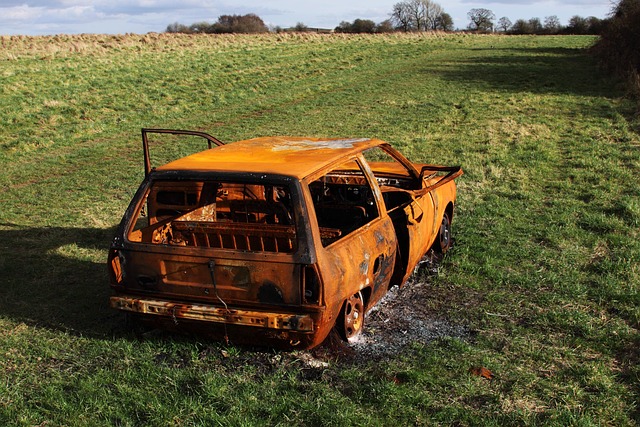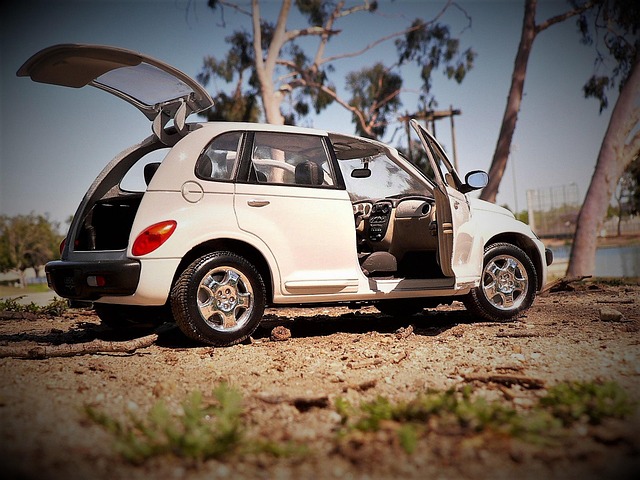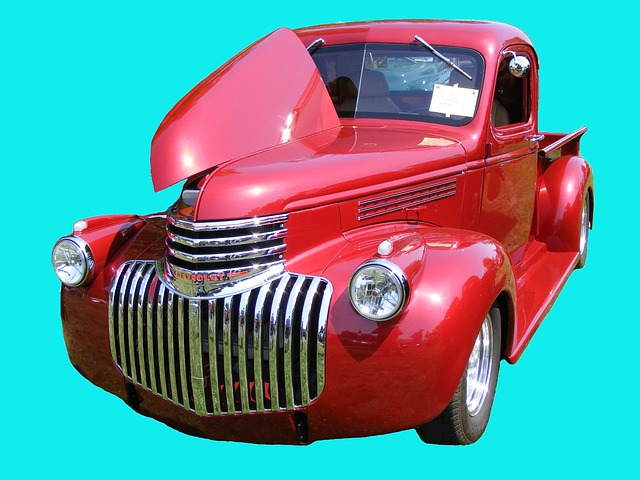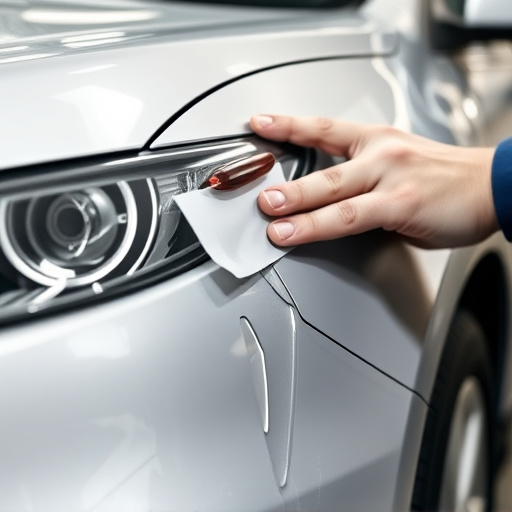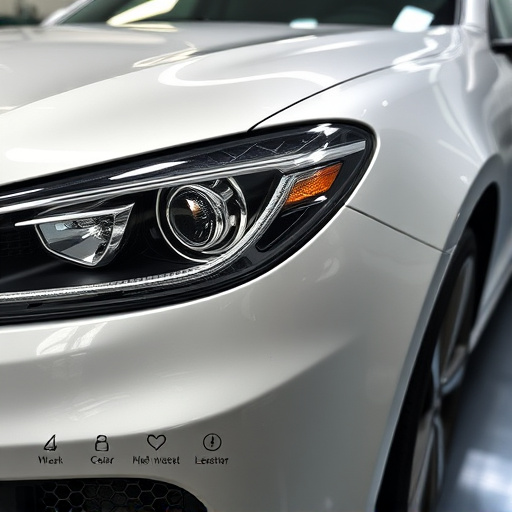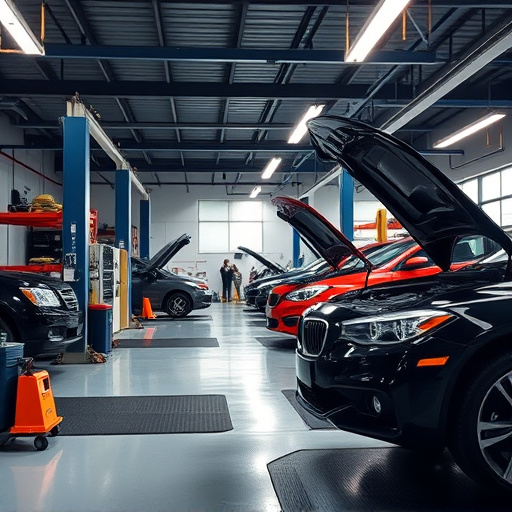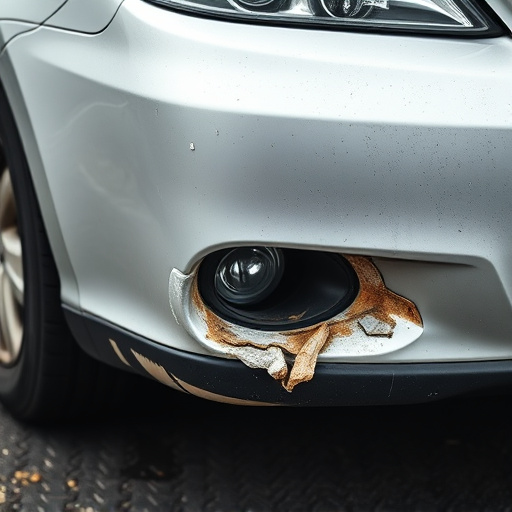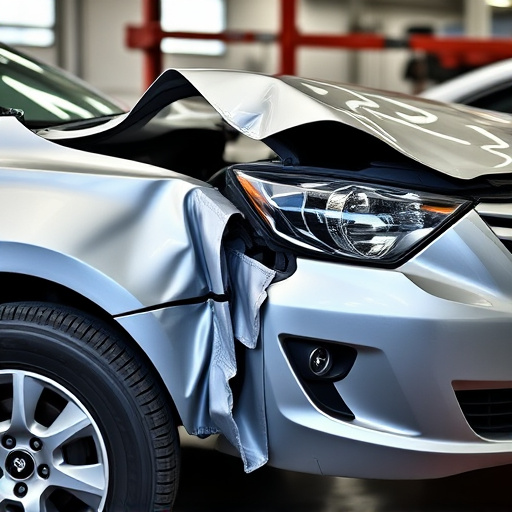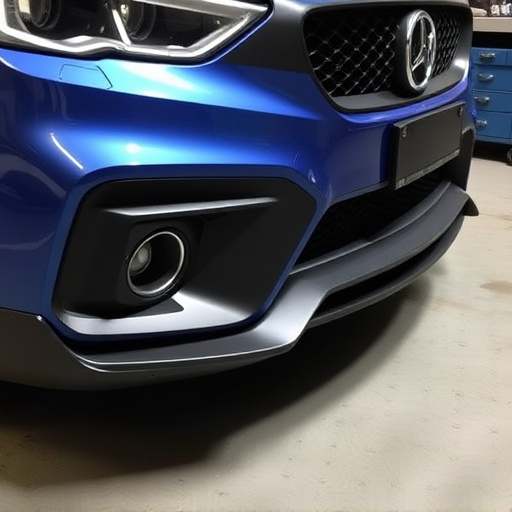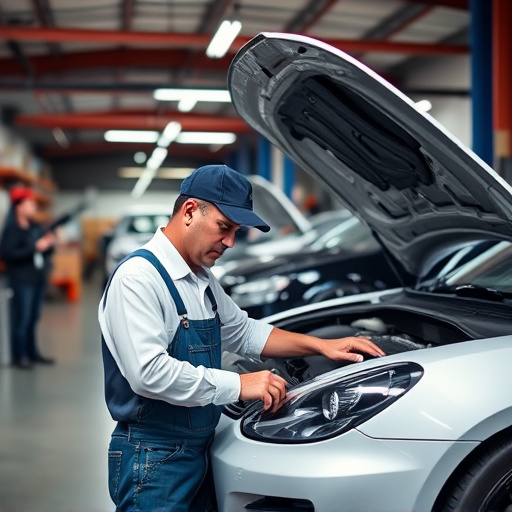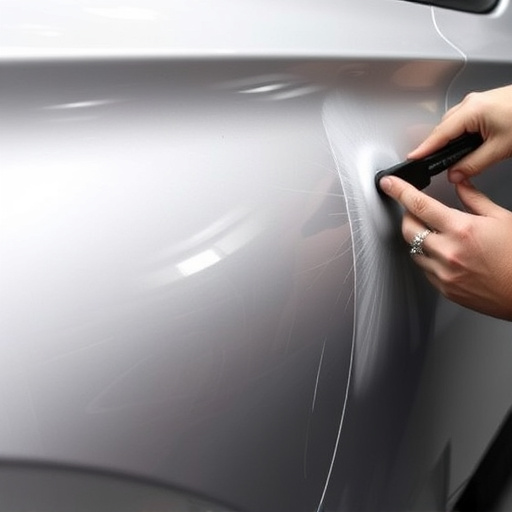Modern vehicle design shifts towards lightweight materials and advanced composites, demanding structural adhesive bonding from manufacturers for improved fuel efficiency. Repairing these complex structures requires specialized knowledge and equipment to ensure precise applications under diverse conditions. Despite challenges like surface prep, moisture sensitivity, and cure time, structural adhesive bonding offers critical benefits for intricate automotive designs. Strategic approaches, including appropriate adhesive selection, surface pre-treatment, and automated dispensing systems, are essential to overcome issues and maintain long-lasting structural integrity in modern vehicles.
Modern vehicle designs demand lighter, stronger structures to enhance fuel efficiency and safety. Structural adhesive bonding has emerged as a game-changer, offering unparalleled strength and weight reduction compared to traditional joining methods. However, the shift towards complex geometries, advanced materials, and stringent performance requirements presents significant challenges in achieving robust structural adhesive bonds. This article delves into these challenges and explores strategies to overcome them, ensuring reliable and long-lasting connections in today’s vehicles.
- Understanding Modern Vehicle Design Trends
- Advantages and Challenges of Structural Adhesives
- Overcoming Bonding Issues in Complex Designs
Understanding Modern Vehicle Design Trends
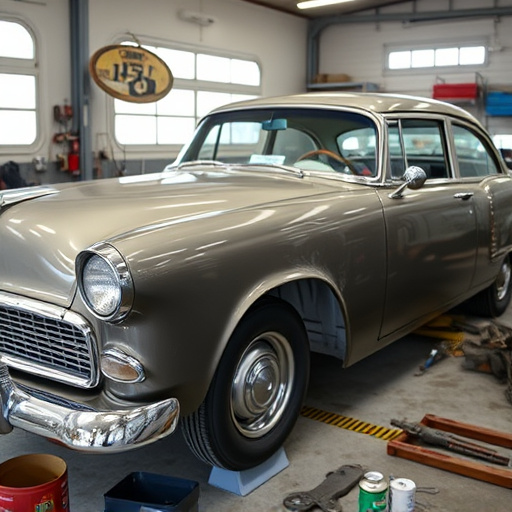
In modern vehicle design, there’s a noticeable shift towards lightweight materials and intricate structures to enhance fuel efficiency and performance. This trend poses unique challenges for traditional fastening methods, leading many automotive manufacturers to explore and adopt structural adhesive bonding as a primary bond solution. The industry is witnessing a move away from heavy metal components in favor of advanced composites and high-strength plastics, which require innovative adhesion techniques to ensure structural integrity.
These design trends necessitate a careful consideration of the material’s compatibility with adhesives, as well as the adhesive’s ability to withstand extreme temperatures and environmental conditions. Car bodywork services and collision centers are increasingly involved in repairing and replacing these modern components, requiring specialized knowledge and equipment to accommodate the precise requirements of structural adhesive bonding.
Advantages and Challenges of Structural Adhesives
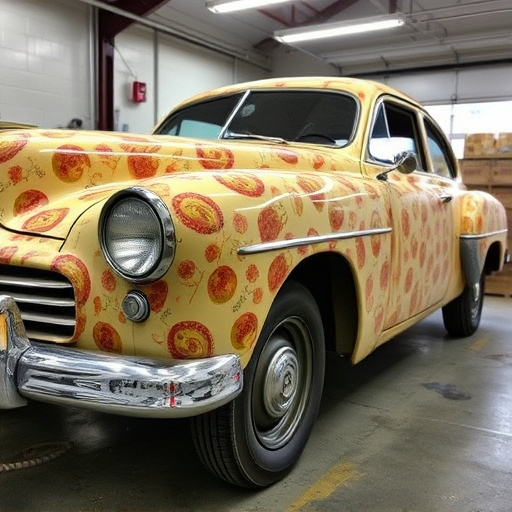
Structural adhesive bonding has revolutionized modern vehicle designs, offering numerous advantages over traditional fastening methods. One of the key benefits is the ability to create seamless and lightweight structures. Adhesives provide strong, durable bonds that can replace heavier components, improving fuel efficiency and overall vehicle performance. This method is particularly valuable in complex automotive designs where precise alignment and minimal part interaction are essential.
However, despite these advantages, structural adhesive bonding also presents unique challenges. Factors such as surface preparation, moisture sensitivity, and cure time can impact the strength of the bond. In auto body repair or car scratch repair scenarios, ensuring proper surface treatment is critical to achieve a strong adhesion. Moreover, with varying material combinations in modern cars—including diverse metals and composites—selecting the right adhesive becomes crucial to overcome compatibility issues and ensure structural integrity, especially in long-term applications.
Overcoming Bonding Issues in Complex Designs
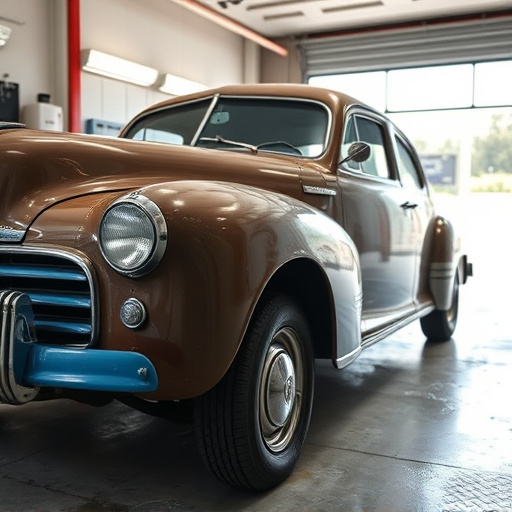
Modern vehicle designs, with their intricate structures and diverse materials, present unique challenges for structural adhesive bonding. As cars become more complex, with lightweight components, advanced composites, and tight tolerances, ensuring robust bonds becomes increasingly difficult. These complexities often lead to issues like delamination, poor adhesion, or weak interfaces, which can compromise the integrity of the vehicle.
Overcoming these bonding problems requires a strategic approach. Engineers must carefully select structural adhesives suitable for the specific materials used in the design. Advanced techniques such as pre-treatment of surfaces and primers can enhance adhesion. Additionally, innovative application methods, like automated dispensing systems, ensure precise and controlled bonding processes. By addressing these aspects, car repair shops can effectively manage complex designs, even after incidents like hail damage repair or dent removal, guaranteeing long-lasting structural integrity for the vehicle.
Modern vehicle designs, with their increased complexity and lightweight materials, present unique challenges for structural adhesive bonding. While adhesives offer numerous advantages, such as light weighting and improved assembly efficiency, overcoming issues like surface preparation, material compatibility, and cure conditions is crucial. By understanding complex design requirements and leveraging advanced bonding techniques, the automotive industry can fully harness the potential of structural adhesive bonding to create safer, more efficient vehicles.

